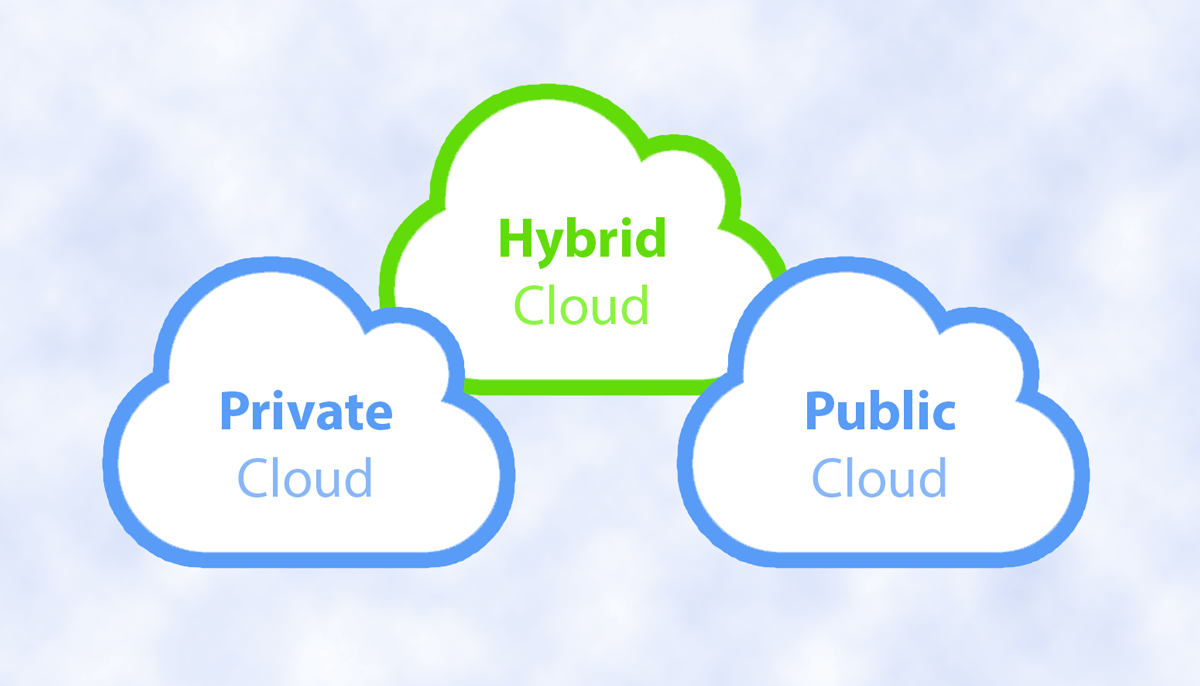Every now and then there will be a path-breaking innovation that changes the course of our lives. In 2007, it was smartphones, and it completely upended our Internet usage habits, eventually pushing personal computers to the background.
But that was a consumer product, and there was a Steve Jobs to set the ball rolling.
Cloud Computing was not a path-breaking technology that was invented by a group of engineers or a product genius. The concept has been there for ages, but third-party managed infrastructure kept evolving because of the time, effort, investment and innovation by companies that are now the top cloud players in the world.
The public cloud segment has seen tremendous growth in the past few years, but we are barely scratching the surface. The IaaS segment was reported to be worth a mere $22 billion dollars last year – chump change when you consider the size of worldwide IT spending, which runs into the hundreds of billions to the trillions.
But the awareness of cloud kept increasing around the world, and more and more businesses started to taking advantage of the benefits offered by cloud-based services. It has now reached a point where the growth of public cloud and software offered as a service using cloud may have already triggered a mass migration towards the hybrid cloud model.
Gartner, one of the world’s leading market research firms, says that it is already noticing a massive shift towards hybrid infrastructure services at the cost of the traditional data center market.
Some of the key findings from Gartner:
- The traditional DCO market is shrinking, according to Gartner’s forecast data. Worldwide traditional DCO spending is expected to decline from $55.1 billion in 2016 to $45.2 billion in 2020.
- Cloud compute services, on the other hand, are expected to grow from $23.3 billion in 2016 to reach $68.4 billion in 2020.
- In addition, infrastructure utility services (IUS) will grow from $21.3 billion in 2016 to $37 billion in 2020 and storage as a service will increase from $1.7 billion in 2016 to 2.7 billion in 2020.
Data Center Outsourcing and Infrastructure Utility Services are the two segments that address the needs of traditional IT infrastructure management. And now, these two segments are competing with Cloud IaaS, hosting and related services. Traditional worldwide DCO and IUS together represented 49 percent of the $154 billion total data center services market in 2016. This segment is expected to decline to 35 percent of the expected $228 billion worldwide data center services market due to the growth of cloud.
Gartner says that, by 2020, 90 percent of organizations will adopt a hybrid infrastructure.
By taking the hybrid route, companies can take advantage of cloud computing, but still have some amount of control over their data, IT infrastructure and so on. They need not worry about vendor lock-in or the complexity of having to operate on multiple cloud platforms. They have all made plenty of investments to build their own infrastructure, and hybrid will help them recover some of those costs, as opposed to a complete migration to public cloud where all their IT infrastructure investment is made redundant.
Thanks for reading our work! We invite you to check out our Essentials of Cloud Computing page, which covers the basics of cloud computing, its components, various deployment models, historical, current and forecast data for the cloud computing industry, and even a glossary of cloud computing terms.
Source: Gartner



